Growing flowers in yogurt cups & plastic bottles – Upcycling by Arpit Dhupar
In his own words…
“It all began with a trip to hills with my family in 2007, while making a stop at a tea stall I saw a chilli plant which was loaded, I was only 12 or so at that time. The same year during the Trade fair i visited the agriculture emporium and found national seeds corporation counter selling vegetable seeds and urged my parents to buy those. My grandfather planted the seeds and after 5-6 months the first ever chilli crop was ready.
And then it just doesn’t seems stopping! Slowly I started doing the chores myself and learnt by hit and trial“
First, let’s get introduced. This is Arpit Dhupar. A passionate gardener among other things, as is evident from his picture!
Up next, is his favorite plant at his home.. Oxycardium. He told me he cleans it with a microfiber cloth every week. I can’t decide what/who is luckier – the plant or the gardener. Decide for yourself.
And now, the pics you are here for. He has recycled or as they say, up-cycled empty yogurt cups into beautiful containers for pretty flowers. There are also some tomatoes as well as roses grown in plastic soda bottles.
Being a gardener also makes you an artist!!
Enjoy the pics..
If you wish to be featured too, please leave a comment below. I will get in touch.
Till then,
HAPPY GARDENING 🙂
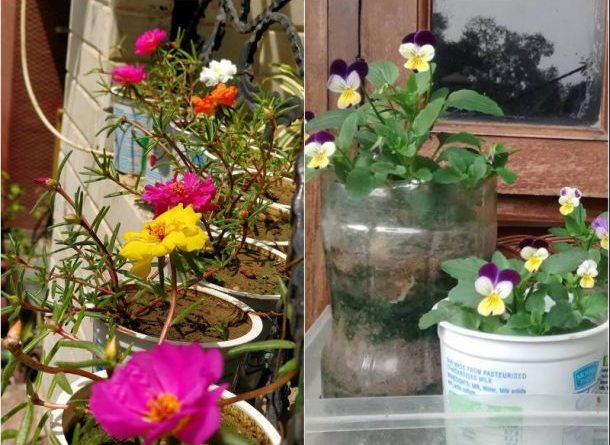


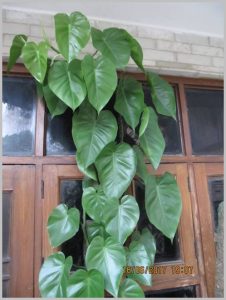
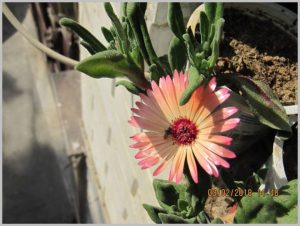
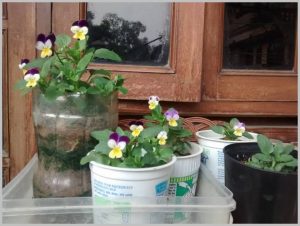
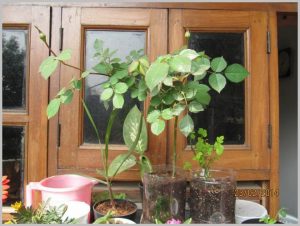
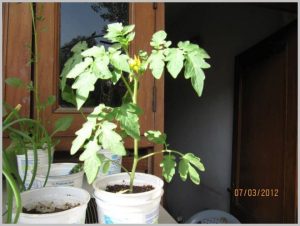
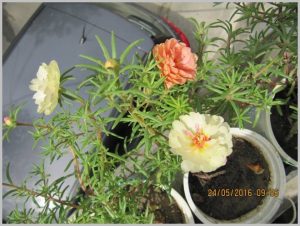
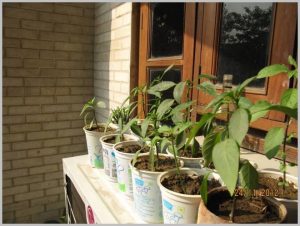

So what is the basic soil mixture proportions???
Hello. To grow flowers in yogurt cups or bottles, i would suggest a soil mix of 50% black garden soil(not yellow clayey), 30% compost and 20% cocopeat for summers otherwise the plants may dry out. For winters, add some sand and ensure a drainage hole to prevent rot. Hope this helps!